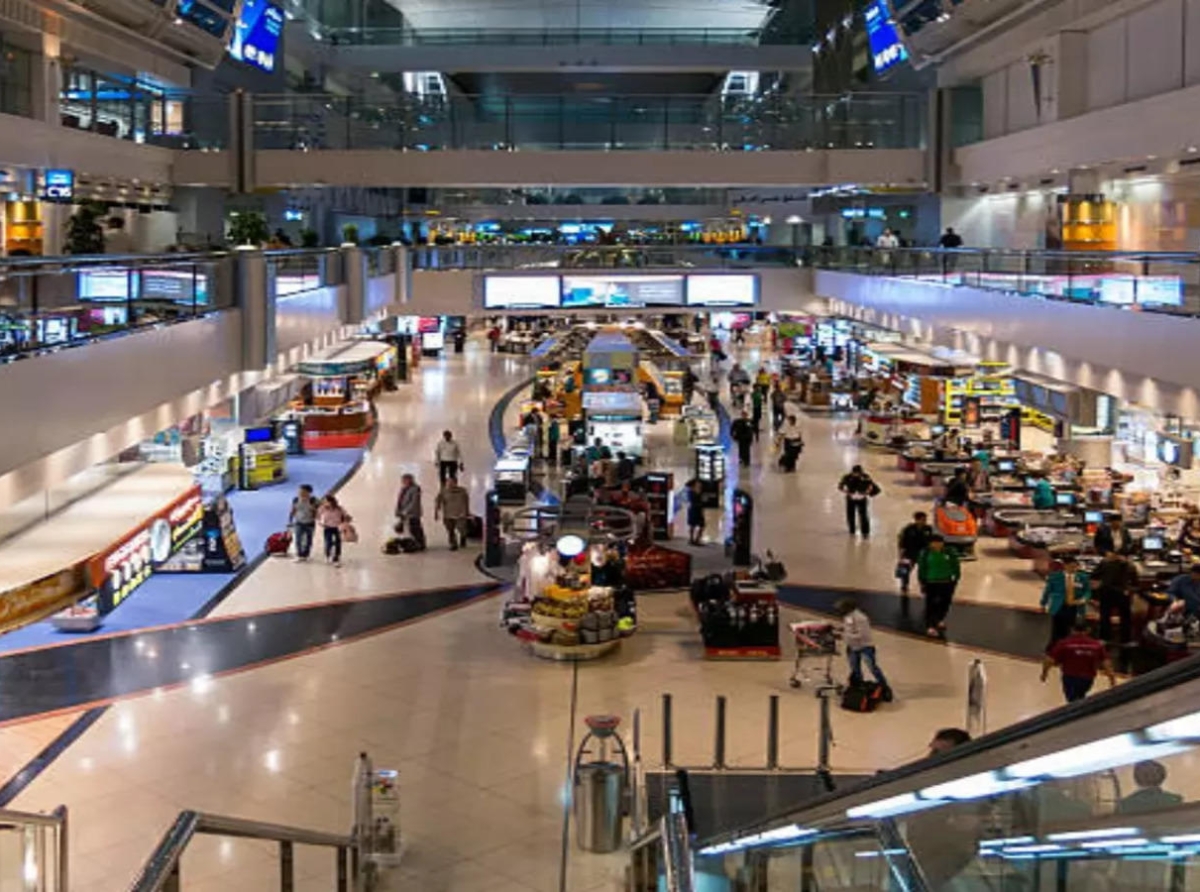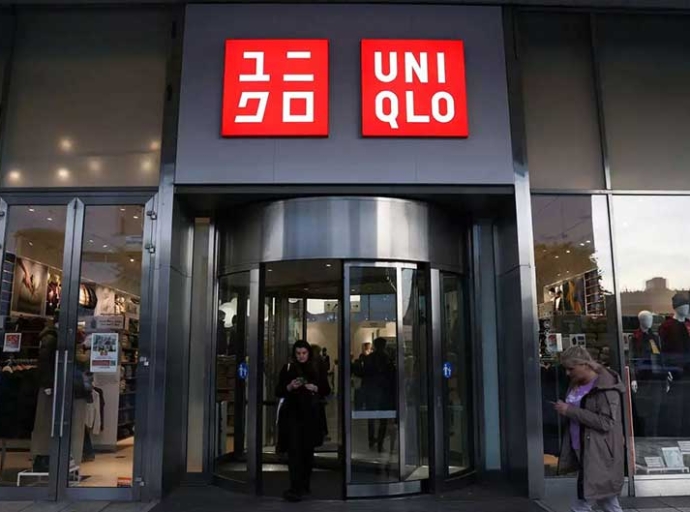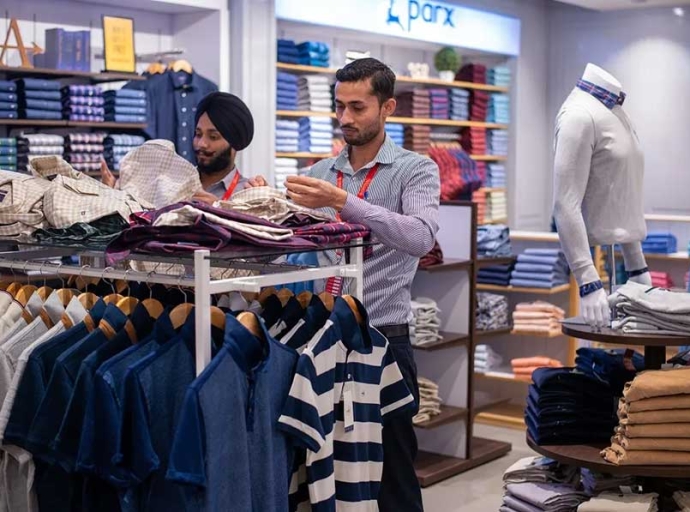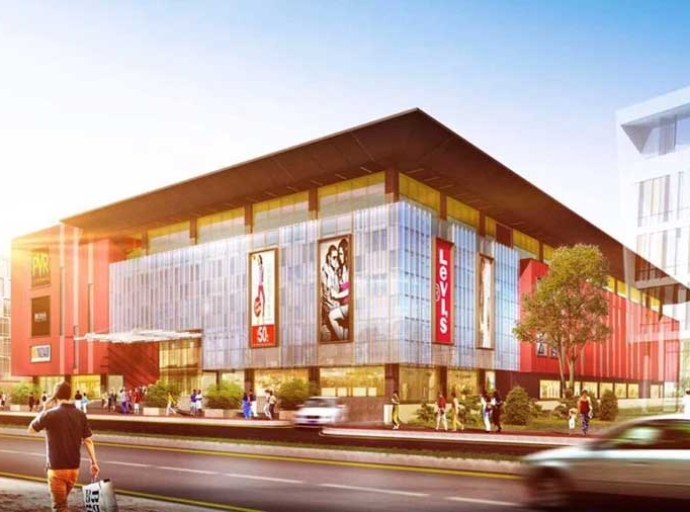India's Retail Space: A balance between high streets and malls

India's retail sector is undergoing a transformation, driven by a growing young population, rising disposable incomes, and a shift in consumer preferences. And this change is impacting the retail landscape, with both high streets and malls vying for customer attention.
At tale of two retail experiences
The battleground of Indian retail is a duel between traditional high streets and modern shopping malls. While malls offer a curated shopping experience with diverse brands and entertainment options, high streets provide a more personalized touch and easier accessibility. A recent Knight Frank report ‘Think India Think Retail 2024’, highlighted organized retail in India accounts for only about 10 per cent of the total market. The report stated malls thrive in Tier I cities and metros, attracting premium brands and higher rents. However, smaller malls in Tier II, III cities struggle to compete with high streets on convenience and cost. In smaller cities high streets dominate, offering a familiar and cost-effective option for both retailers and consumers. However, fragmented ownership and lack of standardization can be challenges.
The distribution of retail space across India is skewed towards Tier I cities. CBRE data reveals that in 2023, Tier I cities like Mumbai and Pune witnessed a growth in leasing activity, with record highs of 1 million sq ft and 0.8 million sq ft, respectively. Tier II, III cities, however, present a significant scope for growth.
|
City size |
Share of gross leasable area (as of 2023) |
|
Tier I (NCR, Mumbai, Bengaluru, Chennai, Hyderabad, Kolkata, Pune, Ahmedabad) |
75% |
|
Tier II & III |
25% |
Smaller cities as growth poles
Smaller cities have a growing middle class with increasing purchasing power. The gap lies in the lack of organized retail options and modern shopping experiences. This presents opportunities for:
Expansion of established retail chains: Leading retailers can establish smaller format stores or franchise models to cater to Tier II, III markets.
Rise of regional players: Local brands and regional retailers can fill the gap for a more localized shopping experience.
Development of community centers: Creating smaller shopping centers with a mix of retail, entertainment, and community spaces can cater to the needs of residents.
However despite the potential, there are constraints to consider in small cities. One major constrain is the limited availability of quality retail space. Tier II and III cities often lack the infrastructure and real estate options available in metros. Then there are challenges of land acquisition. Complex land ownership laws can hinder the development of large retail spaces. Obtaining permits and navigating complex regulations can be a time-consuming process.
The growth of the retail space is primarily driven by the fashion and apparel sector, followed by electronics and homeware segments. This aligns with the rising fashion consciousness and growing demand for consumer durables among India's young population.
Business models
The traditional business model in malls involves fixed rentals for retail space. However, there's a growing trend of revenue-sharing models where rent is a portion of the retailer's sales. This model offers flexibility for both parties. High streets typically operate on a fixed rental model. The profitability of these models depends on factors like location, foot traffic, and brand popularity. Malls generally offer higher rentals but come with the benefit of higher foot traffic.
Fractional ownership models, where multiple investors co-own a retail space, are not yet prevalent in India. However, with the rising demand for retail space and increasing investor interest in real estate, this model has potential for future growth. Its success will depend on clear regulations, transparent management structures, and investor confidence.
The future of Indian retail space lies in a multi-format approach. Malls will continue to play a role in Tier I cities, while high streets and smaller shopping centers will cater to Tier II and III cities. The rise of e-commerce will also influence physical retail, with a focus on creating an omnichannel experience that seamlessly integrates online and offline shopping. As the retail sector evolves, addressing the needs of Tier II and III cities will be crucial for sustained growth.
Latest Publications

































